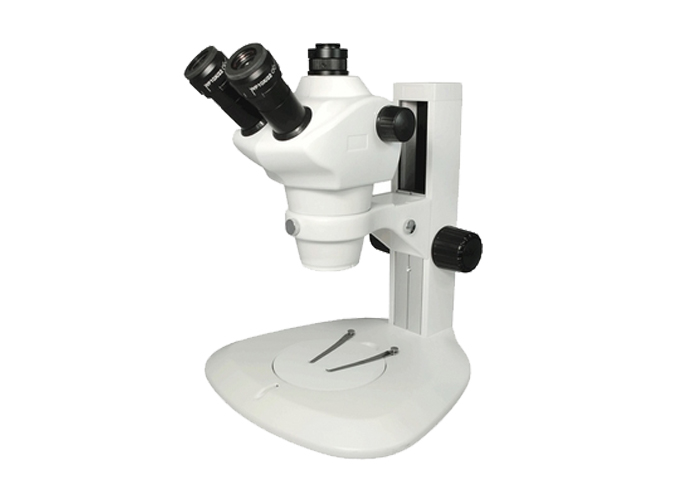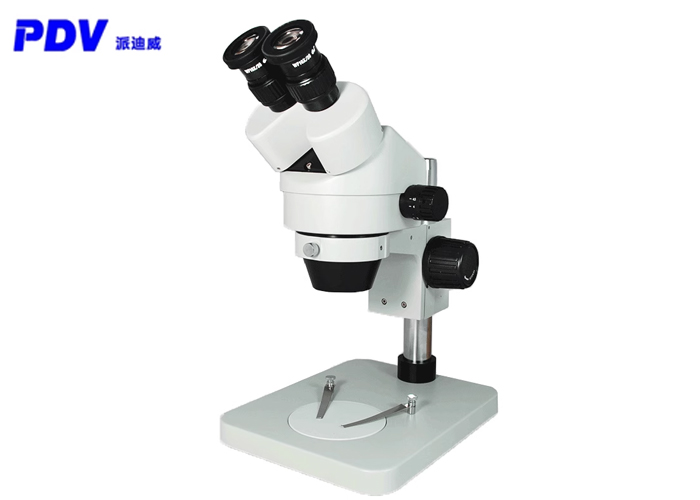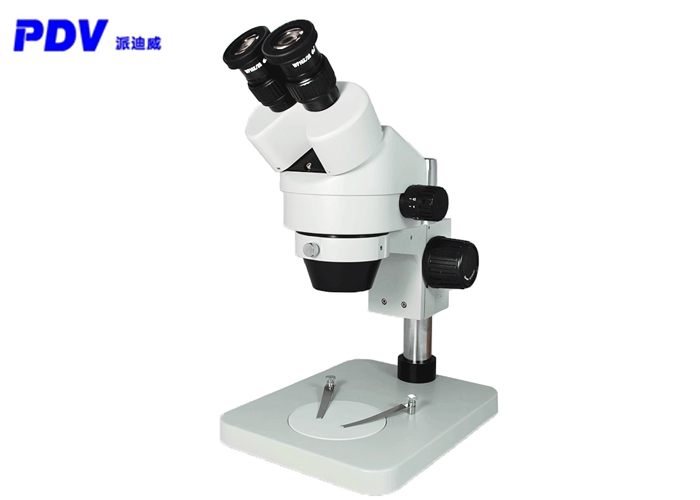The microscope is a commonly used instrument in biological experiment teaching. After frequent use, there will be some malfunctions that make the microscope unable to use normally. Since the microscope is a sophisticated and valuable instrument, it is impossible to add and update at any time. Therefore, it is very important to troubleshoot in time and maintain its good working condition. The following are common troubleshooting methods for microscopes for your reference.
1. Rough adjustment failed
The fault phenomenon is that the lens barrel cannot be raised and lowered when the coarse collimating screw is rotated.
The lifting of the microscope barrel is realized by a gear driven by a rack, the gear is fixed on the shaft of the coarse adjustment knob, and the rack is fixed on the lens barrel. When the coarse adjustment knob is turned, the gear drive lever lifts the lens barrel. If the lens barrel cannot be raised or lowered, the gear and rack do not match. The common cause of failure is that the gear rod sleeve rotates with the coarse adjustment knob, that is, the two stop screws on the gear rod sleeve do not fix the gear rod sleeve on the dovetail guide rail.

Repair method:
Move the gear to the middle of the notch of the rack sleeve so that the gap of the rack sleeve faces the rack, and then use a small screwdriver to tighten the two stop screws on the end of the tail rail. If it fails, the rack is severely worn. You need to remove the lens barrel, unscrew the fixing screws on the upper and lower racks, and use them upside down because the rack wears mainly occurs in the upper part of the rack.
Or cut a piece of metal foil according to the width of the frame, insert the metal foil on the frame, fix the metal foil and frame on the lens barrel with fixing screws, and insert the lens barrel for debugging. If you feel tight, you can change the thickness of the metal plate until it fits. Or buy a new rack from the manufacturer according to the original model specifications.
2. The lens barrel slides down by itself
The fault phenomenon is that when focusing, when the focusing screw is loosened by hand, the lens barrel will slide down by itself, causing inaccurate focusing.
In the coarse adjustment structure of the microscope, the tightness of the gear shaft is generally controlled by the friction between the gear shaft sleeve and the coarse adjustment knob, and the friction between the gear shaft and the gear shaft sleeve is controlled by the two connected to the gear shaft. Gear shaft control. The coarse adjustment knob is obtained by tightly pressing two plastic washers on the end face of the toothed rod sleeve. Coarse adjustment of pressing the end of the gear rod sleeve, the greater the friction obtained. The reason for the self-slipping of the lens barrel is the wear of the washer, which reduces the friction between the gear shaft and the gear rod sleeve. The torque generated by the friction between the gear shaft and the gear rod sleeve cannot overcome the gravity of the lens barrel and the resulting torque.
The above information is provided by motorized lab jack supplier.













